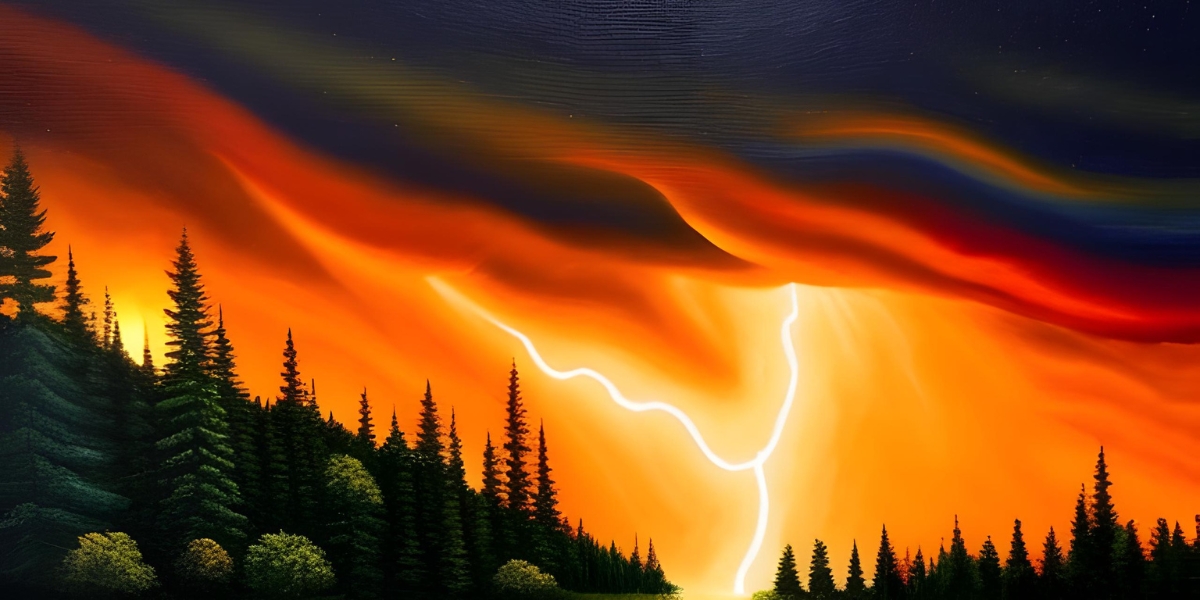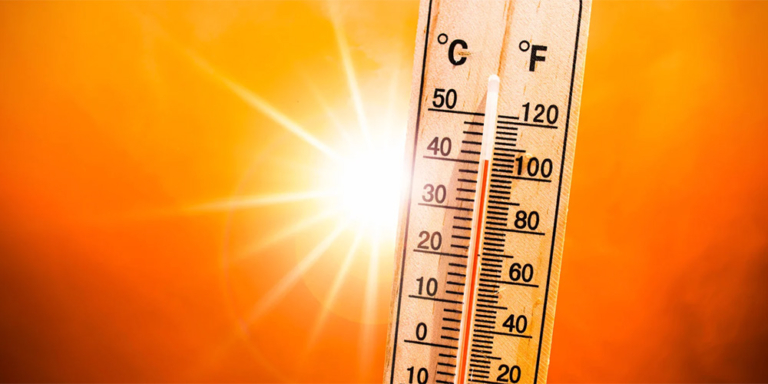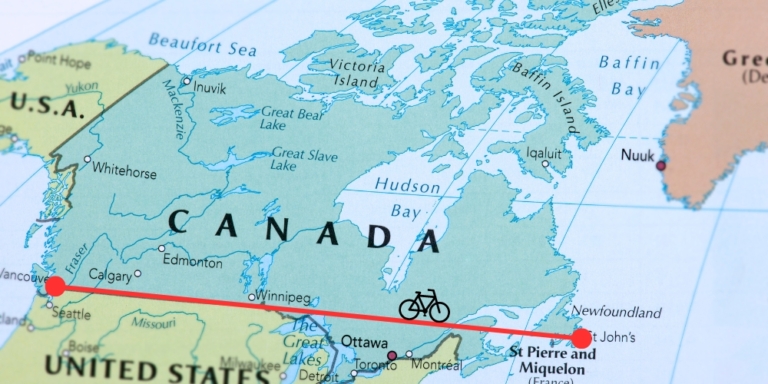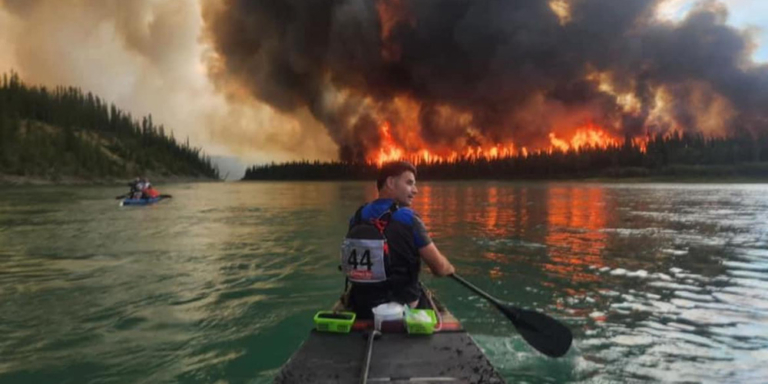Seven new wildfires ignited over the weekend, mainly due to lightning activity in the northern region. Currently, there are 60 active wildfires, and 17 are out of control.
According to Alberta Wildfire, about four in ten wildfires are caused by lightning. These wildfires occur when lightning interacts with other environmental conditions.
This includes weather and combustible materials. Except for recent rainfall, Mother Nature has not been kind to us.
Considering Alberta is one of Canada’s largest emitters of carbon pollution, can you blame her? Since 2005, while much of the rest of Canada has been working hard to cut back its heat-trapping pollution, our carbon pollution has increased by almost 10 percent.
According to the research, we have oil and gas expansion to thank for that.
May began with a heat dome, with temperatures soaring 15 degrees higher than usual in some areas. More than three dozen heat records were broken on May 4th.
The future doesn’t look any cooler. Environmental and Climate Change Canada (ECCC) estimates that areas of northern Alberta have a 70-90% chance of seeing above-normal temperatures in May, June, and July.


As a result of hot temperatures, Alberta now has an abundance of the stuff that fuels fires–dry leaves, grass, and twigs, to name just a few.
Higher temperatures and drier weather have also negatively impacted our snowpack, which provides the water we drink and the river flows that keep the rest of Alberta from drying out.
John Pomeroy, director of the University of Saskatchewan’s Coldwater Laboratory in Canmore, says this past winter provided one of the lowest snowpacks he’s seen.
According to a study from the University of Colorado Boulder, water storage in the Rocky Mountains decreased by more than 25 percent from 1950 to 2013.
While snowpacks can vary significantly from year to year, many argue climate change is responsible.
Unseasonably warm weather caused our snow to melt about six weeks earlier than expected this winter. This is bad for communities that traditionally rely on snowmelt.
“We actually saw some of the strongest signals up in the Canadian Rockies, by way of this decrease in snowfall and then earlier snowmelts and rainfall generation,” Kate Hale, lead author of the study, told The Canadian Press.
Put simply, smaller snowpacks mean less water ends up in our rivers and streams. This water eventually finds its way to a reservoir, which many mountain communities count on for hydropower, irrigation, and drinking water.
Smaller snowpacks also create drier soil conditions, which can increase the size and duration of wildfires.
“The fact that at the beginning of this fire season, we already have large, fast-moving fires having such consequence in Alberta is really a warning sign,” Lori Daniels, a professor in the Forest and Conservation Sciences Department at the University of British Columbia, told CBC News.
Every year, wildfires burn about four times the size of Prince Edward Island in Canada, more than double what was just 50 years ago.
But in Alberta alone, wildfires have burned roughly 1.06 hectares, almost twice the size of Prince Edward Island.
It’s not all bad news, though. Higher humidity in some areas is expected to help firefighters battle blazes.
Additionally, residents of Greenview were allowed to return home over the weekend after the evacuation order for the area was cancelled.






